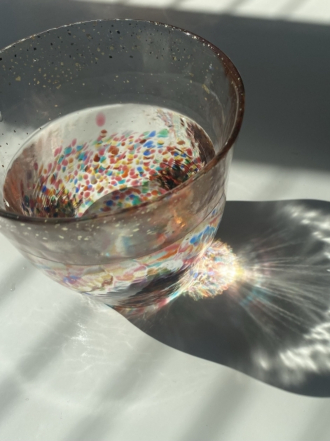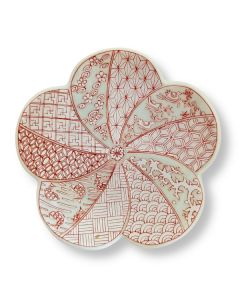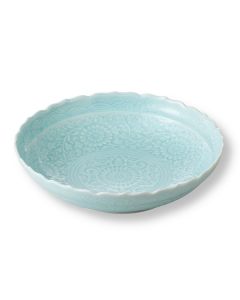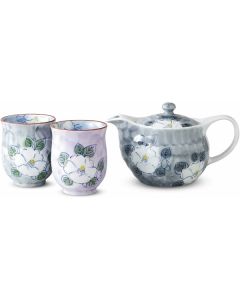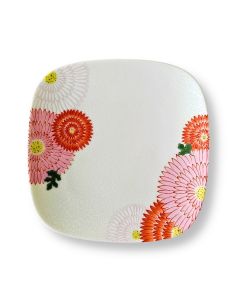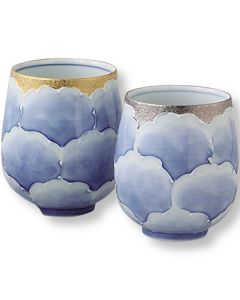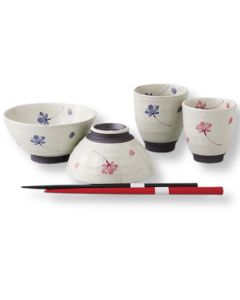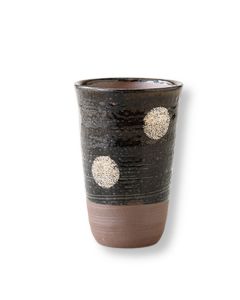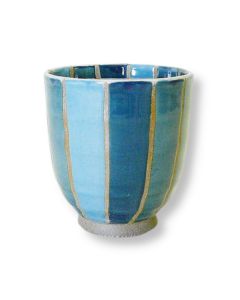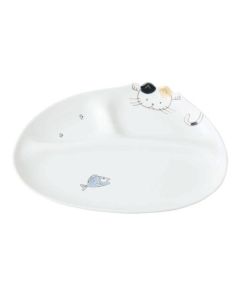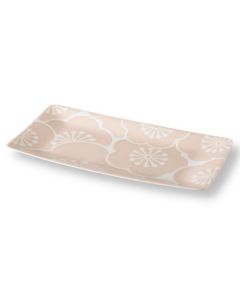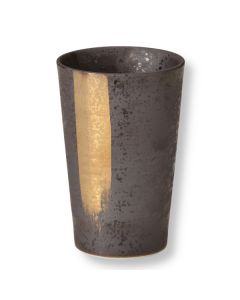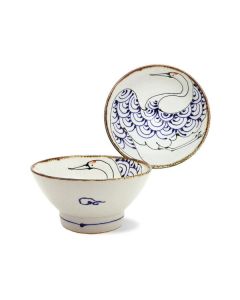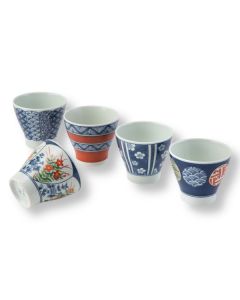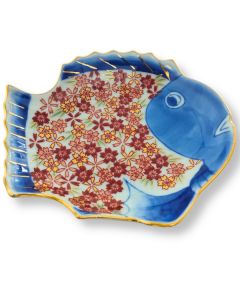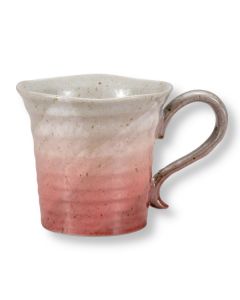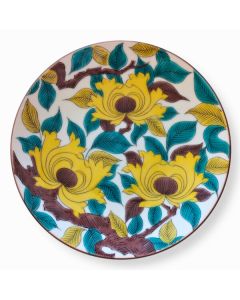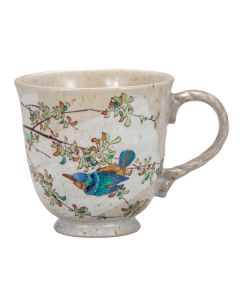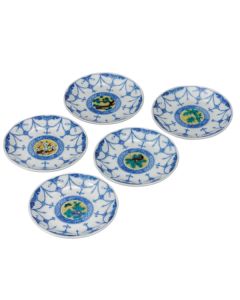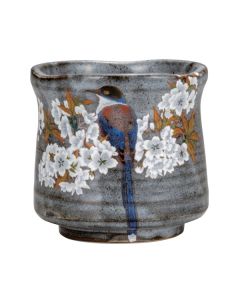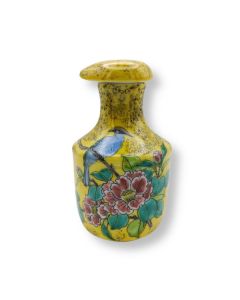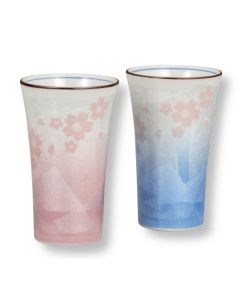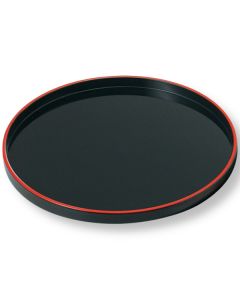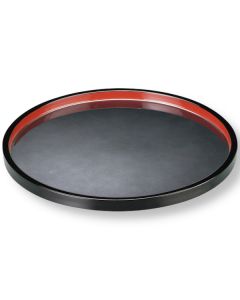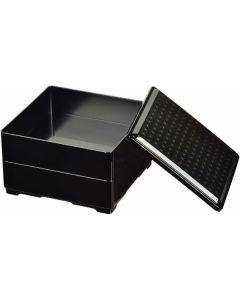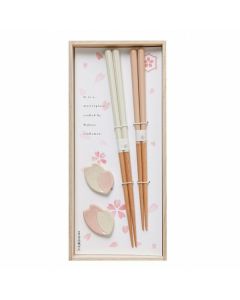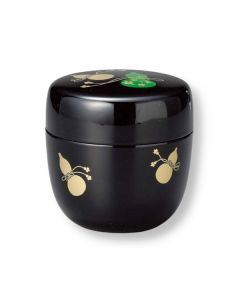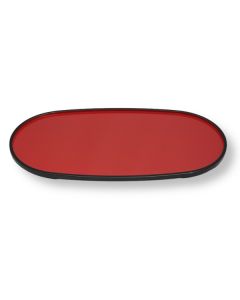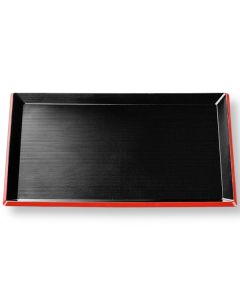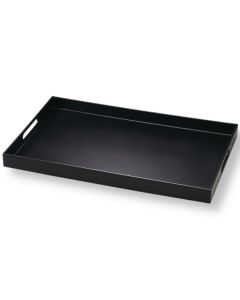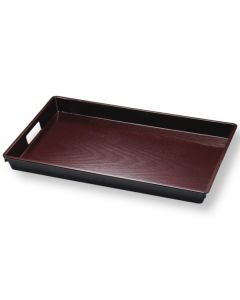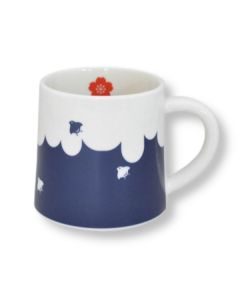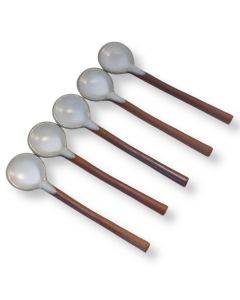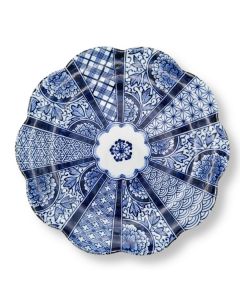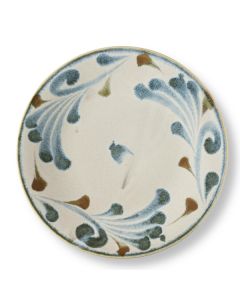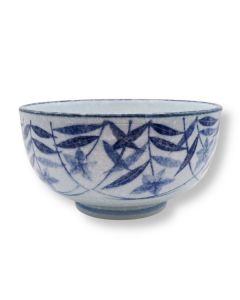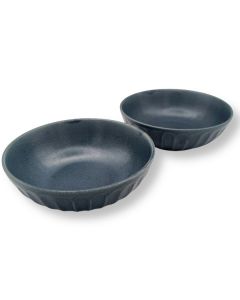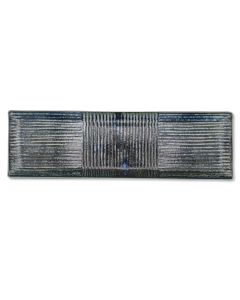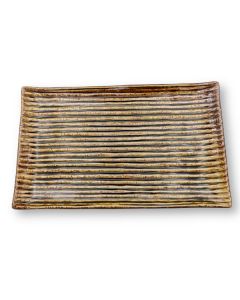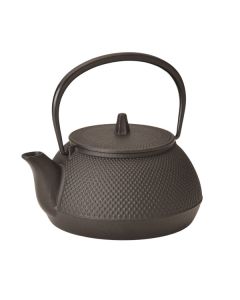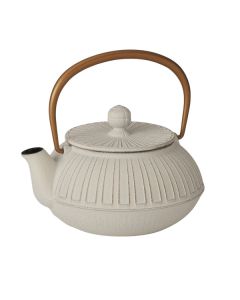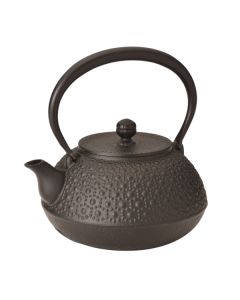We use cookies to make your experience better. To comply with the new e-Privacy directive, we need to ask for your consent to set the cookies. Learn more.
Our products
Our store SHIWASU carries many wonderful traditional art products. Here is a list of explanations about the traditional crafts.
Arita ware
Arita porcelain was first produced during the 17th century in the towns of Arita, Imari, as well as Saga prefecture in Japan
This porcelain is distinguished by its translucent white surface, tinted with GOSU (呉須, indigo pigment), and adorned with magnificent red paintings using vitreous paint. Affectionately known as ‘Imari Porcelain,’ these pieces were named after the port of Imari, from where they were shipped during that era.
Throughout the Edo period, Arita porcelain seamlessly integrated into the daily lives of ordinary people and became an essential component of Edo culinary culture in Japan.
In the 1600s, Arita ceramics underwent significant technological innovations by incorporating Chinese porcelain techniques, highly esteemed by the global upper class.
Premium Arita pieces, crafted with these techniques, were exported to various parts of Europe through the Netherlands, one of Japan’s limited trading partners at the time. Arita ware earned the moniker ‘white gold’ in Europe, gaining immense popularity among the royalty and aristocracy of that era. Arita also exerted a profound influence on the iconic European porcelain ‘Meissen.’
Due to their exceptional durability, Arita items serve not only as tableware but also find utility in household items, furniture, and furnishings. The delightful patterns, predominantly featuring red and blue on white porcelain, add a beautiful touch to your table.”


Hasami ware
Hasami porcelain, a traditional Japanese ceramic, is crafted in the central Nagasaki Prefecture of Hasami and is distinguished by delicate dyeing techniques using indigo on white porcelain.
Similar to the Mino style, Hasami represents a traditional ceramic style with a 400-year history that has continuously evolved and adapted to the changing times and popular culture. It has persevered into the present day, expanding its repertoire of styles while preserving the fundamental characteristics of Hasami ceramics.
Historically, the Hasami style was frequently confused with Arita ware. However, in recent years, Arita ware and Hasami ware have become distinctly separate, garnering attention in the world of traditional ceramics.


Kutani ware
Kutani stands as the face of Japanese ceramic and is crafted in Ishikawa Prefecture in Kaga. Its greatest allure lies in the exquisite patterns adorned with the deep brilliance of traditional Japanese painting.
Kutani ware is believed to have originated in the early Edo period. However, a few decades after the inception of Old Kutani, production abruptly ceased. The exact reason for this is still a mystery to this day.
The pottery is adorned with elegant patterns using the five colors known as Kutani Gosai (red, yellow, green, purple, and navy blue), creating a visually stunning masterpiece. Additionally, the technique called “kinrande,” which emerged during the Meiji period, gained global popularity under the name “Japan Kutani.”
Approximately 100 years after Ko-Kutani (at the end of the Edo period), porcelain production resumed in Kutani, the birthplace of Kokutani, and in Yamashiro, solidifying its status as a traditional artistic craft that persists to this day.
Why not experience the beauty and mystery of Kutani pottery—a truly romantic and captivating art form cherished by many?
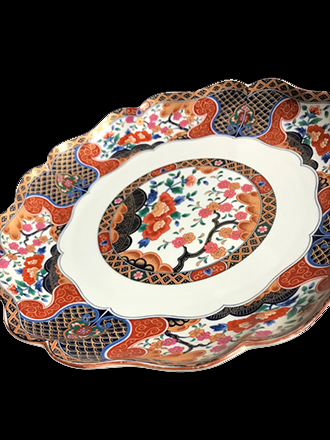

LACQUERWARE
Lacquerware is an object finished using traditional painting techniques with lacquer, a tree resin that has been present in Japan since ancient times. Its origins trace back to when monks crafted their own lacquerware in temples.
Lacquer tableware gains a lustrous shine with use, and the ambiance of the tableware evolves based on the color applied to the base, resulting in exceptionally tasteful tableware.
The exquisite lacquer colors bring vibrancy to the dining table, enhancing the beauty of not only Japanese cuisine but also all dishes.
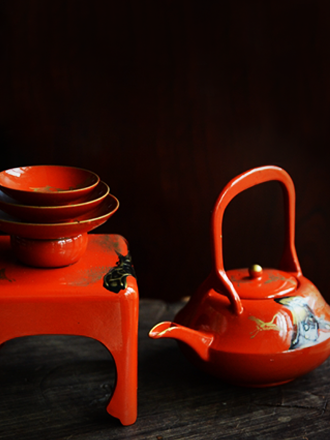

MINOWARE
The most widely used traditional porcelain holds a prominent place on the Japanese table.
The term MINOYAKI is exclusively reserved for porcelain crafted in the historical domain of MINO, now known as Tajimi, Toki, or Mizunami—towns situated in the eastern part of Gifu prefecture.
Its rich history spans approximately 1300 years. The Sueki technology, introduced from the Korean Peninsula during the Heian period, underwent continuous development, adaptation, and evolution in sync with the cultural shifts.
The unique charm of Mino ware lies in its flexibility, allowing for a high degree of freedom in enamel usage and the appreciation of imperfect beauty—qualities that resonate with many.
The evolution of Mino ware extends beyond style; it now accommodates modern lifestyles by being dishwasher safe. Hence, we can affirm that ceramics evolve with us making daily life easy in style.
We are more than glad to provide you with elegant dishwasher-safe pottery. Thank you for choosing SHIWASU.
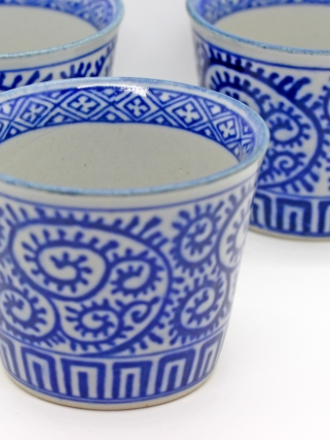

NAMBU IRONWARE
Nambu ironware (Nambu tekki in Japanese) is a type of cast ironware that has been predominantly crafted in Iwate Prefecture in north-eastern Japan since the 17th century and continues to be produced to this day. It stands as a significant element in the practice of the tea ceremony, as observed by the feudal lords during the Edo period. Alongside the well-known teapot, Nambu ironware encompasses tea kettles, pots, pans, and various other utensils associated with the tea ceremony. The dignified appearance of these items resonates with a rich historical legacy.
Beyond its cultural significance, Nambu ironware also offers notable health benefits. The iron traces released into water boiled in Nambu ironware can be readily absorbed by the body, potentially serving as a remedy for anemia. As a timeless representation of Japanese artistry within the realm of the tea ceremony and a companion for a healthy lifestyle, Nambu ironware stands as your partner for enhanced living.
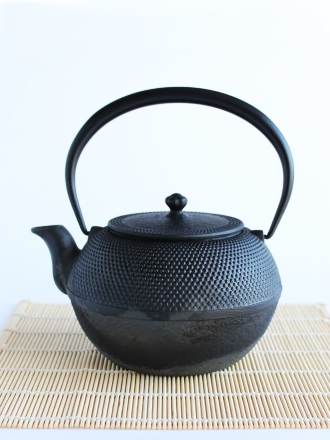

TSUGARU BIDORO
The tale of Tsugaru Vidro originated in Tsugaru Aomori Prefecture, where artisans crafted glass floating balls for fishermen to mark their aquaculture racks.
While the demand for glass floating balls diminished over time, the techniques perfected by artisans, who once created exquisite and high-quality floating balls, have endured to the present day in the form of Tsugaru Vidro.
Each piece is meticulously crafted using the skillful techniques of artisans. The vibrant colors of the glass capture the light, creating a sparkling effect that brings joy with just a glance.
